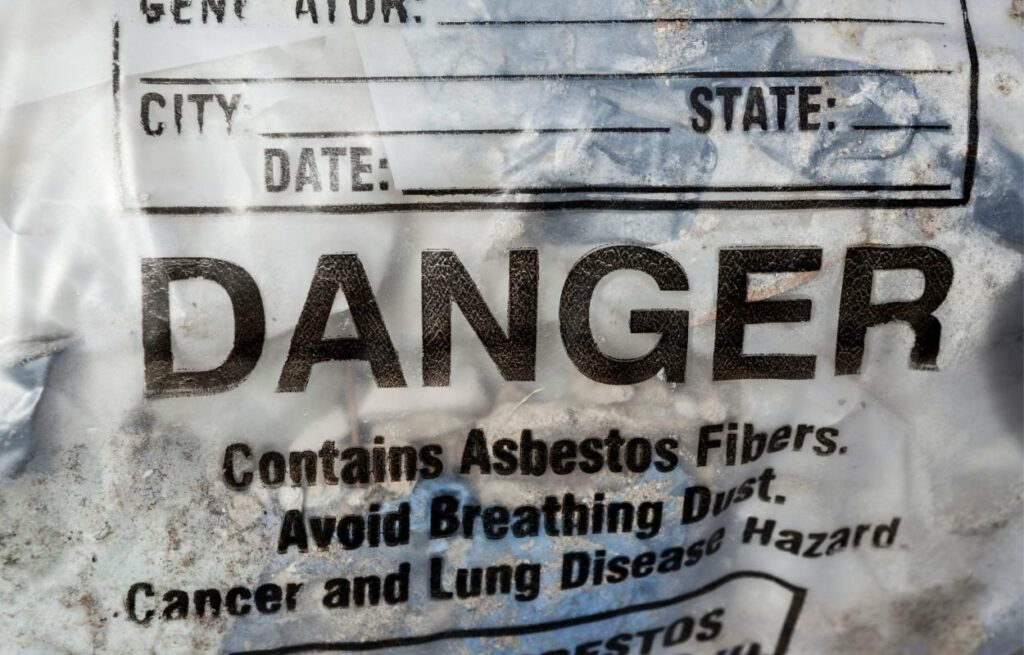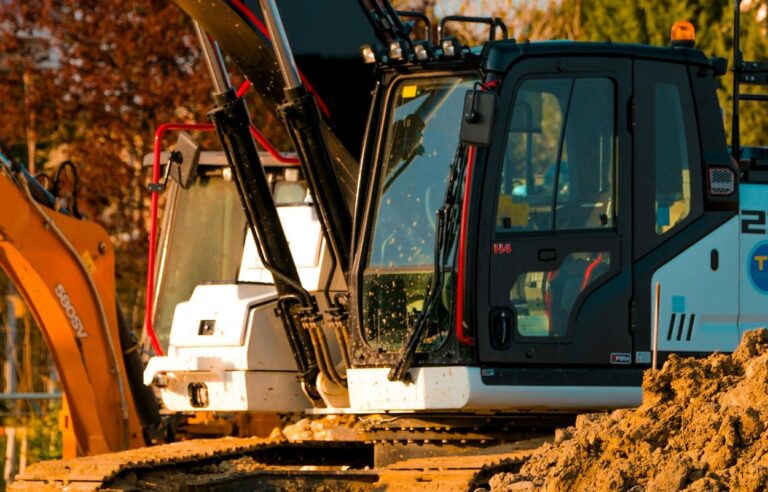
Asbestos is one of those words that can send a shiver down your spine. We’ve all heard about the risks it poses to health, but what happens to asbestos once it’s removed from a building? That’s where asbestos abatement comes in – but there’s much more to it than just removing the hazardous material. The way we dispose of asbestos after it’s been safely abated is crucial, not just for our health but also for the environment.
Let’s take a deep dive into the environmental impact of asbestos abatement and why proper disposal is so important.
WHAT IS ASBESTOS ABATEMENT?
Before we get into the environmental impact, it’s important to understand what asbestos abatement actually is. Asbestos abatement is the process of removing asbestos from buildings or other structures in a safe and controlled way. This usually involves specialized equipment and trained professionals who follow strict safety protocols to prevent the asbestos fibers from spreading into the air. Once the material is safely removed, the next challenge is ensuring that it is disposed of correctly.
Asbestos is a naturally occurring mineral that was once widely used in construction for its heat resistance and durability. However, it’s now known that asbestos fibers can cause serious health issues, including lung cancer and mesothelioma, when inhaled. This is why asbestos abatement in Victoria (and around the world) is such an essential service for ensuring public safety.
WHY DOES ASBESTOS DISPOSAL MATTER?
You might be wondering, “If asbestos is removed from a building, does it really matter how it’s disposed of?” The simple answer is yes, it absolutely does. The way asbestos is disposed of can have a huge impact on the environment, local wildlife, and even public health.
Preventing Contamination of Soil and Water
When asbestos is improperly disposed of, there’s a significant risk of contamination. Asbestos fibers are incredibly small and lightweight, which means they can easily become airborne. If they’re disposed of in landfills or other open areas, those fibers can escape into the air, potentially affecting the surrounding environment. Asbestos can also contaminate soil and water sources if not handled properly, putting wildlife and humans at risk.
Improper disposal practices can result in asbestos fibers leaching into groundwater, which can contaminate drinking water sources. This not only poses health risks to anyone who comes into contact with the water but can also disrupt entire ecosystems. Safe disposal practices are crucial in preventing such contamination and protecting the environment.
Preventing Airborne Asbestos Fibers
One of the biggest dangers of asbestos is its ability to become airborne. If not properly contained during removal or disposal, asbestos fibers can easily be carried by the wind. This is particularly dangerous because these fibers are so tiny that they’re virtually invisible to the naked eye. Inhalation of airborne asbestos fibers can lead to serious health issues, including lung disease and cancer.
Asbestos abatement in Victoria, or anywhere else, involves rigorous safety protocols to ensure that no fibers are released into the air during the removal process. Once the asbestos is safely removed, it’s important that it’s transported and disposed of in a way that minimizes the risk of any fibers becoming airborne. This is where specialized disposal facilities come into play. These facilities are equipped with systems to safely manage and contain asbestos waste, preventing fibers from escaping into the air.
Long-Term Environmental Consequences
Even after asbestos has been removed and disposed of, its impact doesn’t disappear overnight. Because asbestos is so durable, it can remain in the environment for decades. If asbestos waste isn’t disposed of properly, it can continue to pose risks for years to come. Even the smallest amount of asbestos fibers can have long-lasting effects on the environment, as they can linger in soil or water, potentially affecting plant and animal life for generations.
Proper disposal of asbestos waste not only ensures immediate safety but also helps to prevent long-term environmental damage. The goal is to safely remove the material, so it no longer poses a risk to future generations. This is especially important when we consider that some areas may still have asbestos in old buildings or construction materials. Once it’s abated and disposed of properly, the danger is minimized.
THE ROLE OF PROFESSIONAL ASBESTOS ABATEMENT SERVICES
The process of asbestos removal is no simple task. It requires specialized knowledge and equipment to ensure that the material is handled safely. This is why professional asbestos abatement services are so important. These experts are trained to safely remove and dispose of asbestos without causing harm to the environment or public health.
In Victoria, many professional asbestos abatement companies are fully equipped to handle the entire process, from the safe removal of asbestos materials to their proper disposal. When you hire a professional asbestos abatement company, you’re not just ensuring that the material is removed safely – you’re also guaranteeing that it will be disposed of in a way that complies with all local regulations and environmental standards.
HOW TO ENSURE SAFE ASBESTOS DISPOSAL
If you’re in the process of having asbestos removed from your home or workplace, there are a few things you can do to make sure the disposal is handled properly.
Hire a certified professional: It’s important to hire a certified asbestos removal company that is experienced in proper disposal methods. These companies are familiar with all the necessary regulations and have the equipment to safely remove and dispose of asbestos.
Verify disposal facilities: Ask the asbestos abatement company about where they’ll be taking the asbestos waste. Make sure it’s being taken to an approved disposal site that meets all environmental safety standards.
Follow local regulations: Asbestos disposal laws can vary depending on your location. In Victoria, for example, there are specific regulations for the handling and disposal of asbestos. Always check to make sure that the company you hire is following these guidelines.
WHAT HAPPENS IF ASBESTOS IS DISPOSED OF INCORRECTLY?
As we’ve discussed, improper disposal of asbestos can lead to severe environmental consequences. If asbestos waste is dumped illegally, it can lead to fines, legal action, and significant environmental harm. The worst part is that the effects of improper disposal may not be immediately visible, but over time, they can have devastating effects on the local ecosystem.
Not only does improper disposal jeopardize the environment, but it also puts people’s health at risk. Exposed asbestos fibers can be inhaled by anyone nearby, which is why it’s so important that asbestos is disposed of in the right way. If you’re dealing with asbestos removal, don’t take shortcuts. Always work with professionals who know how to handle and dispose of the material correctly.
CONCLUSION: PROTECTING OUR ENVIRONMENT, ONE STEP AT A TIME
The environmental impact of asbestos abatement cannot be underestimated. Proper disposal is essential not just for protecting public health but also for preserving our environment. By following strict safety protocols during the abatement process and ensuring that asbestos is disposed of responsibly, we can minimize the risks and create a safer future for everyone.
If you’re in need of asbestos abatement in Victoria, make sure to choose a reliable and certified company that follows all necessary safety and disposal regulations. The proper handling of asbestos is not just about removing a dangerous material – it’s about protecting our planet for future generations. Let’s all do our part to ensure a cleaner, safer, and healthier world.



